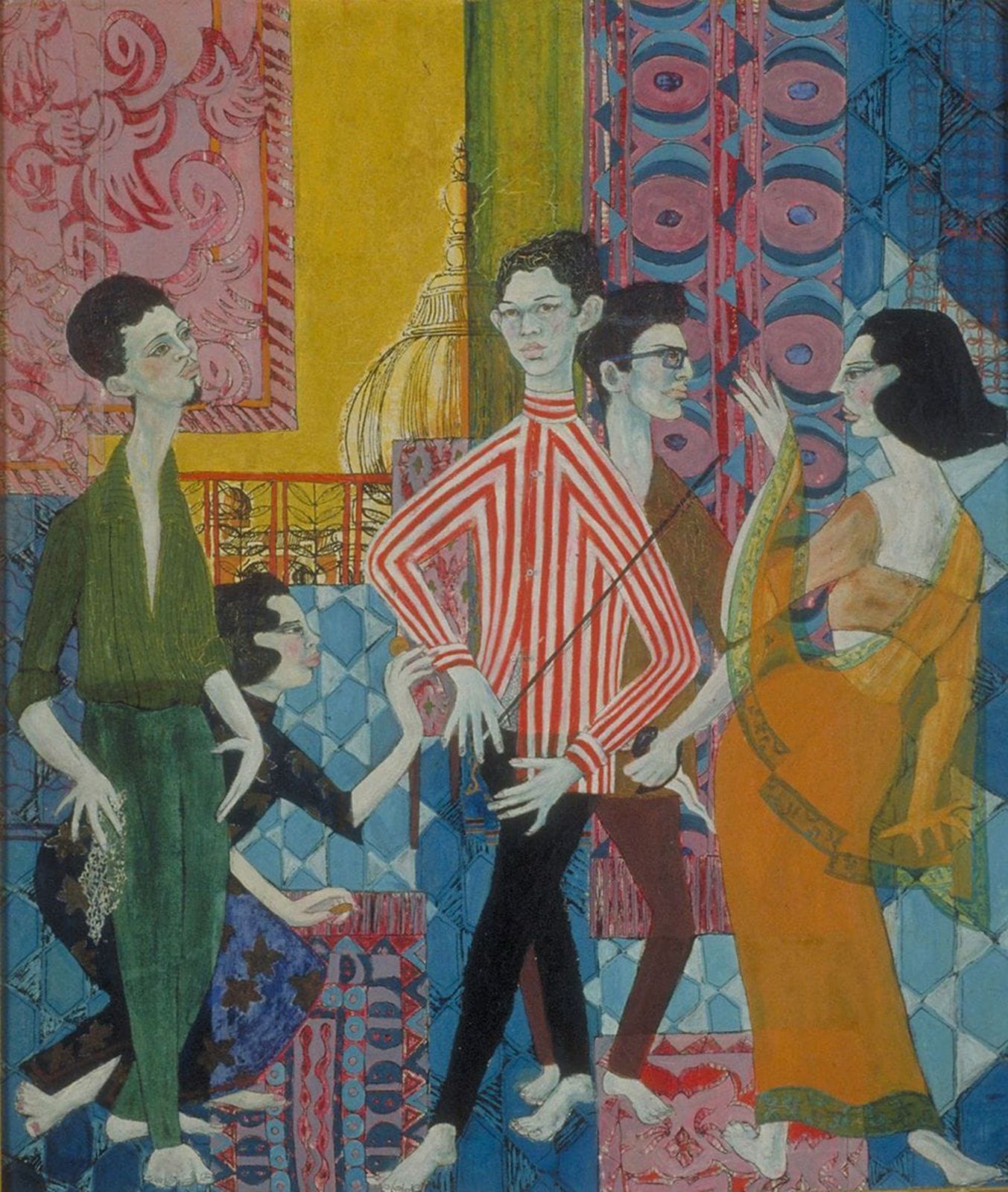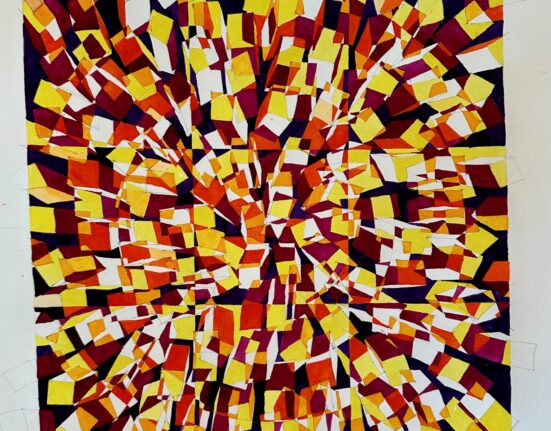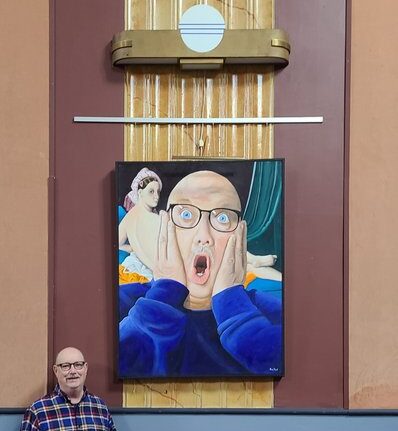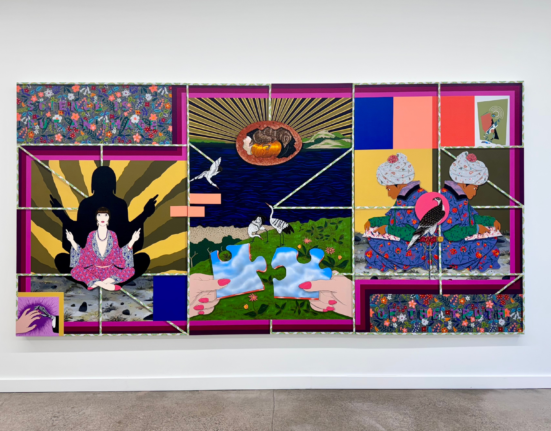To celebrate Pride month, we bring to you five Asian queer artists, from Bhuppen Kakkar to Alfonso Ossorio, who bravely depicted LGBTQ+ themes when such topics were still taboo in art and charted the way for younger artists
The portrayal of queer narratives and experiences in contemporary art, while increasingly more common and visible in the recent past, has existed throughout art history. In Asia in particular, the concepts of homosexuality and gender fluidity have been afoot since ancient times, they have been present in mythology and its artistic depiction.
So to celebrate Pride month, we shed light on five pioneering queer artists, from Bhupen Khakhar to Alfonso Ossorio, who showcased LGBTQ+ themes in their work in the 20th century and paved the way for many contemporary artists.
Read more: Refik Anadol on using AI to create a Dior perfume and how digital artists still face bias
Best known for his figurative paintings, Bhupen Khakhar depicts scenes from everyday life in his distinctive stylised aesthetics. The accountant-turned-artist was a part of India’s Baroda School of Art movement, which cropped up in the 1950s to provide an alternative to traditional art movements. Khakhar was the only openly queer artist who addressed homosexuality through his work at that time.
His interest lay in familiarity: he wished to reflect on things surrounding him and his own experiences, including his sexuality. Homoerotic themes became more visible and prominent in his work in the 1980s and his 1981 painting, You Can’t Please All is widely considered the artist’s official “coming out”. Out of many of the gay couples and men he featured in his works, often a character would resemble the artist himself, as evident in Two Men in Benares (1985).
Given the social stigma surrounding homosexuality and queerness at the time, Khakhar’s vulnerable, gentle portrayals were significant forms of representation of a community still invisible in mainstream media at that time.







